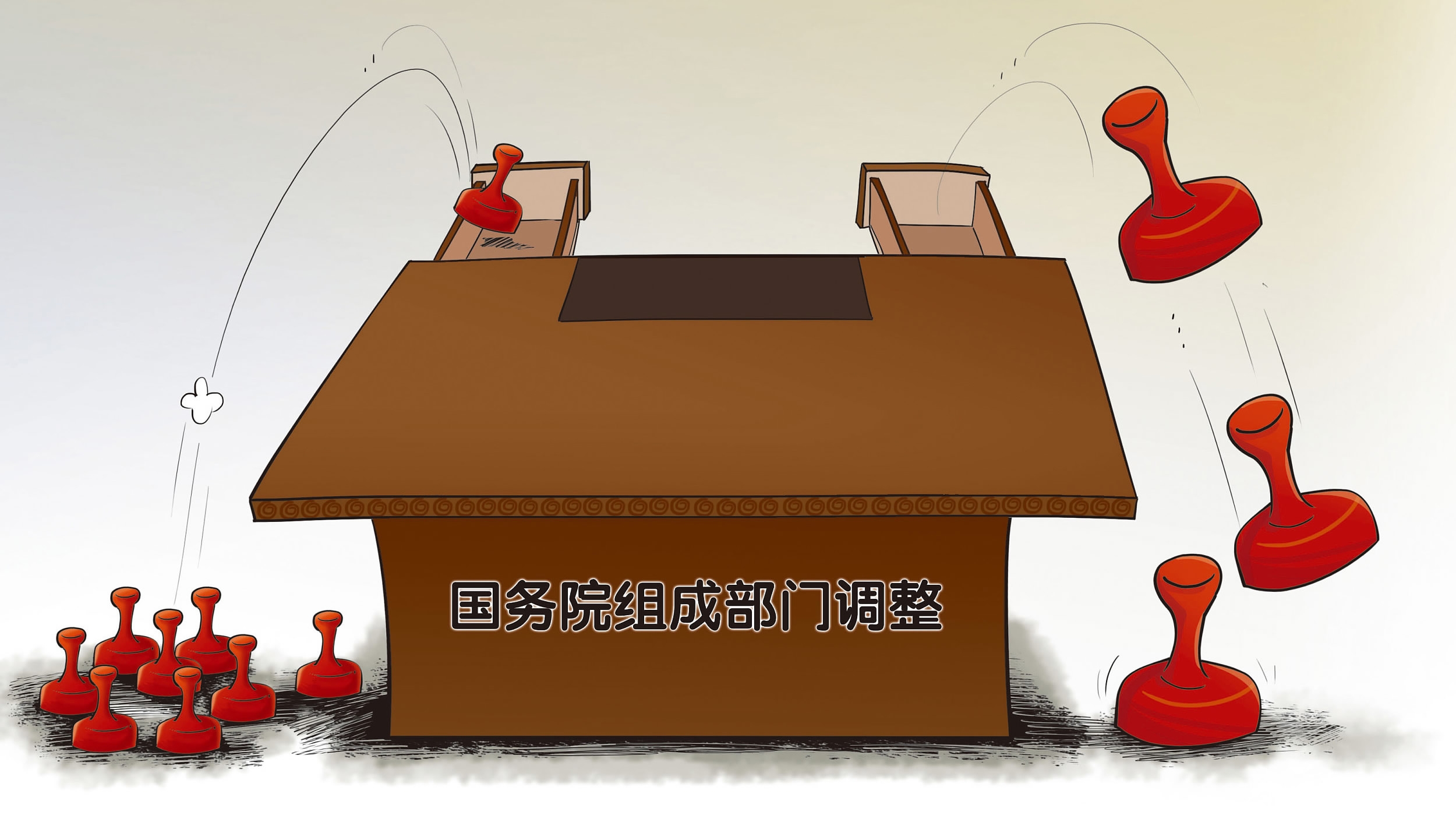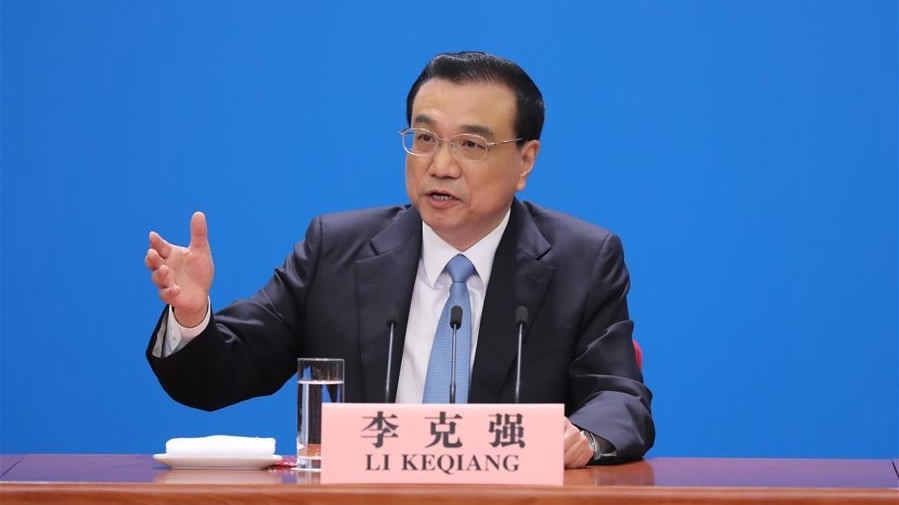
Opinions
13:49, 22-Mar-2018
Closer to China: What is the significance of China’s institutional reforms?
Robert L. Kuhn

In a momentous restructuring of the Chinese government, authorized by China’s National People’s Congress, the highest legislative body in the country, 15 ministries and commissions were shut down or merged into other bodies.
Here’s one way we know how this institutional reform is different from the seven prior rounds since the advent of reform and opening-up in 1978.
Often, in the past, the actual reforms, compared with what had been expected, were underwhelming, weaker than what had been expected. This time, under powerful but down-to-earth President Xi Jinping, it was just the opposite – the actual government reform was overwhelming, stronger than what had been expected. Institutional reform streamlines government, facilitates business and encourages innovation. What is the significance of these institutional reforms? How do they articulate with President Xi’s grand vision? CGTN commentator Robert Lawrence Kuhn provides his insights.

Chinese Premier Li Keqiang answers questions at a press conference after the conclusion of the first session of the 13th National People's Congress (NPC) at the Great Hall of the People in Beijing, on March 20, 2018. /Xinhua Photo
Chinese Premier Li Keqiang answers questions at a press conference after the conclusion of the first session of the 13th National People's Congress (NPC) at the Great Hall of the People in Beijing, on March 20, 2018. /Xinhua Photo

SITEMAP
Copyright © 2018 CGTN. Beijing ICP prepared NO.16065310-3
Copyright © 2018 CGTN. Beijing ICP prepared NO.16065310-3